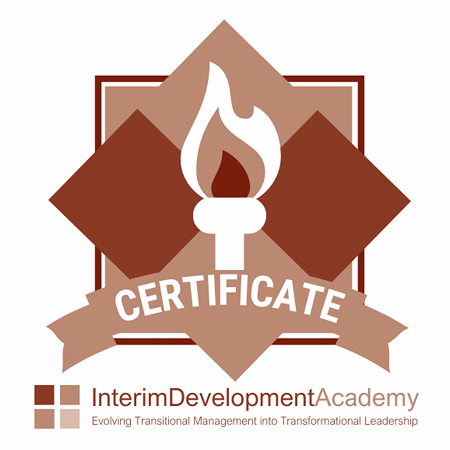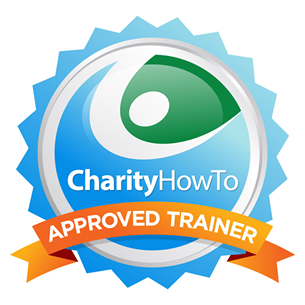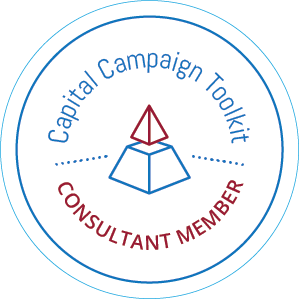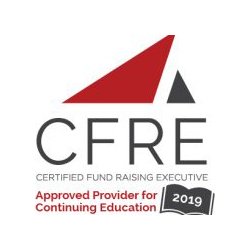 I was recently approached by my local Catholic elementary schools to put together some thoughts about building an alumni base that could possible provide scholarship fund assistance.
I was recently approached by my local Catholic elementary schools to put together some thoughts about building an alumni base that could possible provide scholarship fund assistance.
Some elementary schools have very robust elementary alumni efforts and some, like my particular community, are non-existent.
These days, elementary schools are faced with the need to provide scholarships and tuition assistance. They just can’t keep pace with the changing reality and demographics. Many must change their current model in order to remain robust and relevant. So in an effort to assist, I have put together some simple steps towards this aim that I want to share with you.
Here are some simple steps you can take to start building your elementary school alumni efforts:
1. Develop alumni mailing lists
- Develop a database for current students contact information
- Research past student attendance and other available records for known graduates and alumni
- Utilize social media strategies (Twitter/Facebook) to obtain names and contact information
- Post “ads” in local church bulletins
2. Create an official alumni group/committee with a specific mission, vision, and strategy.
- Determine structure of this group. If multiple elementary schools are considering forming one alumni association, perhaps look at “donor designation” fund models for structural examples
- Determine if you want to have annual alumni association dues
3. Develop strong and compelling “case for support” or your rationale for elementary education in your community.
- Let them know that the school in their “dusty memories” hasn’t stopped growing and striving for success
- Show them computer labs and any other technological advances the school has made. Establish special project funds i.e. “technology fund”
- Establish an Alumni scholarship fund. For just a few dollars, alumni can make sure that any child who wants to attend the school, regardless of economic status, will have the chance. Gifts can be made in the name of a family member, a corporation, or anonymously. Regardless of how the gift is presented, it does give the alumnus a sense of true inclusion in the on-going development of the school
4. Develop and conduct an initial mailing and/or social media contact to all known alumni, introducing them to the forming association, requesting them to update and verify their contact information, and inquiring if there are any interested volunteers for the committee.
5. Plan and host a “launch” event with broad appeal to attract as many alumni as possible through advertising in local paper, radio, TV, social media and personal networks and invites.
- Celebrate long-time teachers and invite all past-students to celebrate
- Catholic elementary school reunion, milestone or anniversary
- Advertise in local paper, radio, and TV
6. Create alumni web-page for Catholic elementary schools
- Develop a website that could host this page
- Share alumni news, post old photos, current photos, post old athletic records, etc.
- Share alumni year-books
- Sell alumni – wear on website, etc.
7. Create alumni social media presence for elementary schools
8. Create printed and e-mail alumni newsletter with return envelope that is mailed at least three times per year.
9. Create direct mail program with at least two mailings per year.
10. Organize special yearly events to support the Alumni Scholarship Fund.
- Can host special reunions for those classes celebrating their 25th, 50th, etc. reunion
- Special anniversaries or milestones, etc
While not all-inclusive, I think that these steps provide any elementary school with a springboard for launching their alumni efforts.
What are your thoughts and suggestions? Email them to me at [email protected].
 se results to the board.
se results to the board.
 I was recently approached by my local Catholic elementary schools to put together some thoughts about building an alumni base that could possible provide scholarship fund assistance.
I was recently approached by my local Catholic elementary schools to put together some thoughts about building an alumni base that could possible provide scholarship fund assistance.





